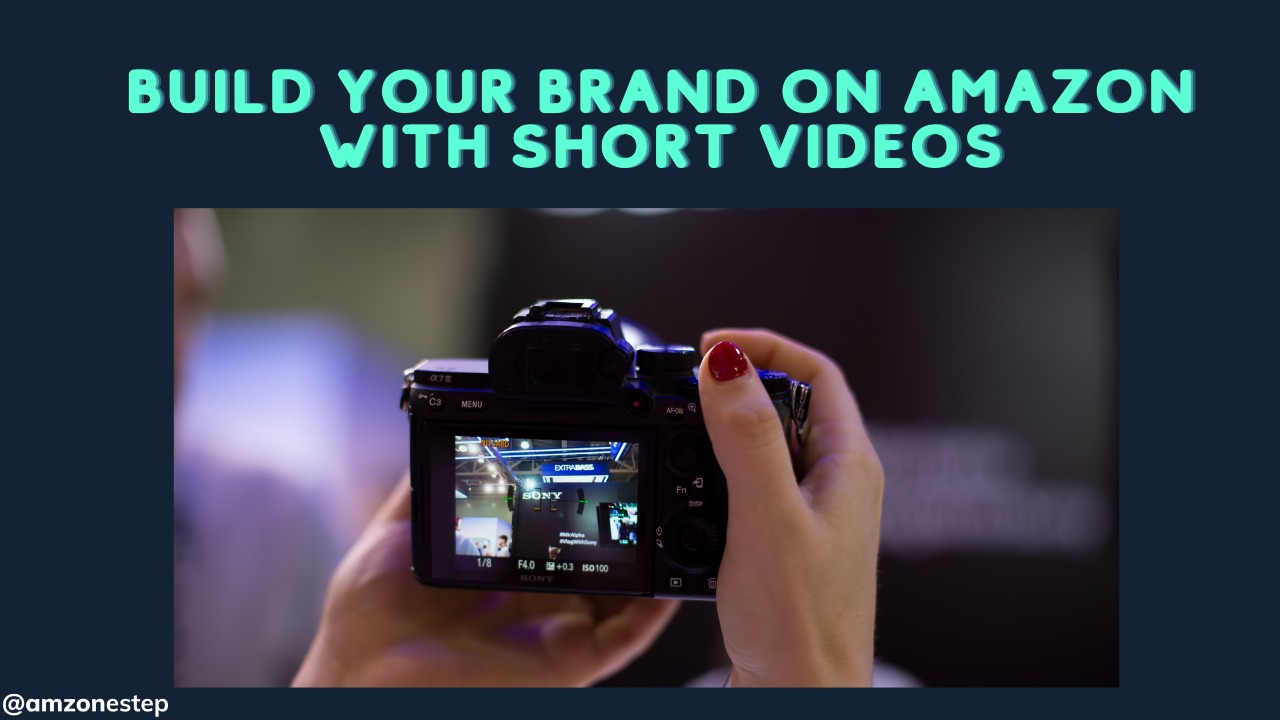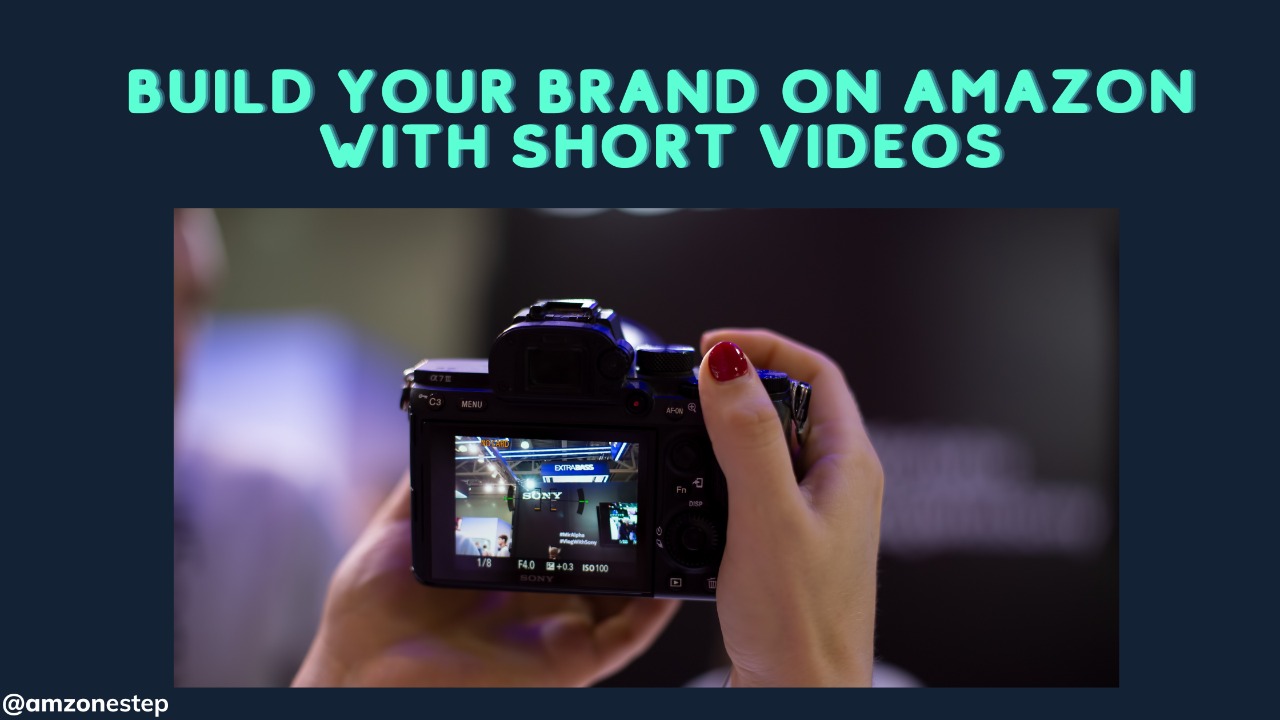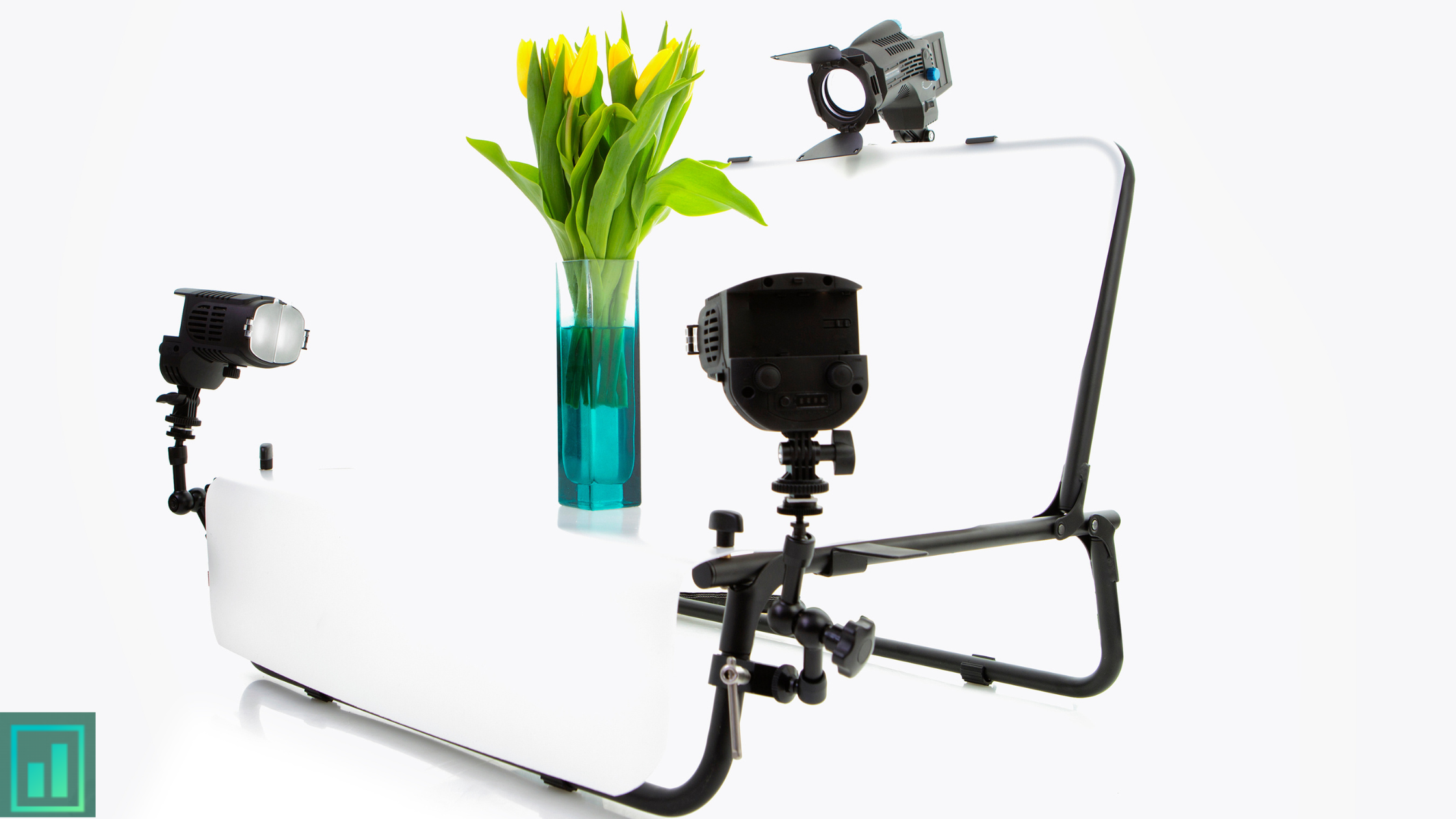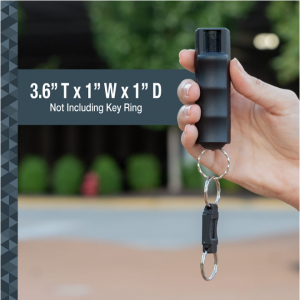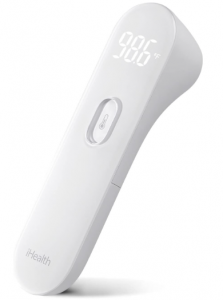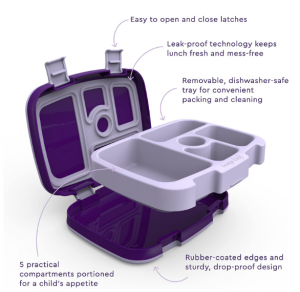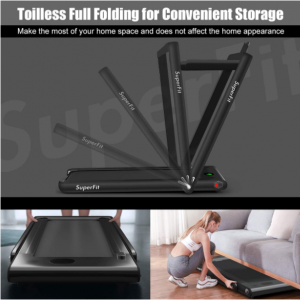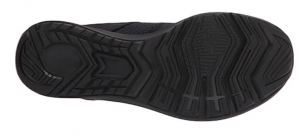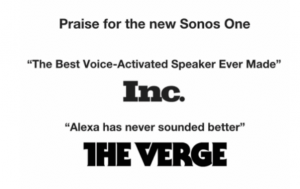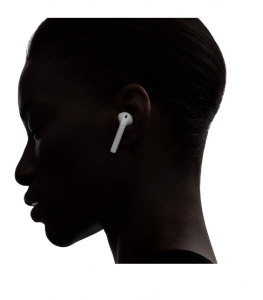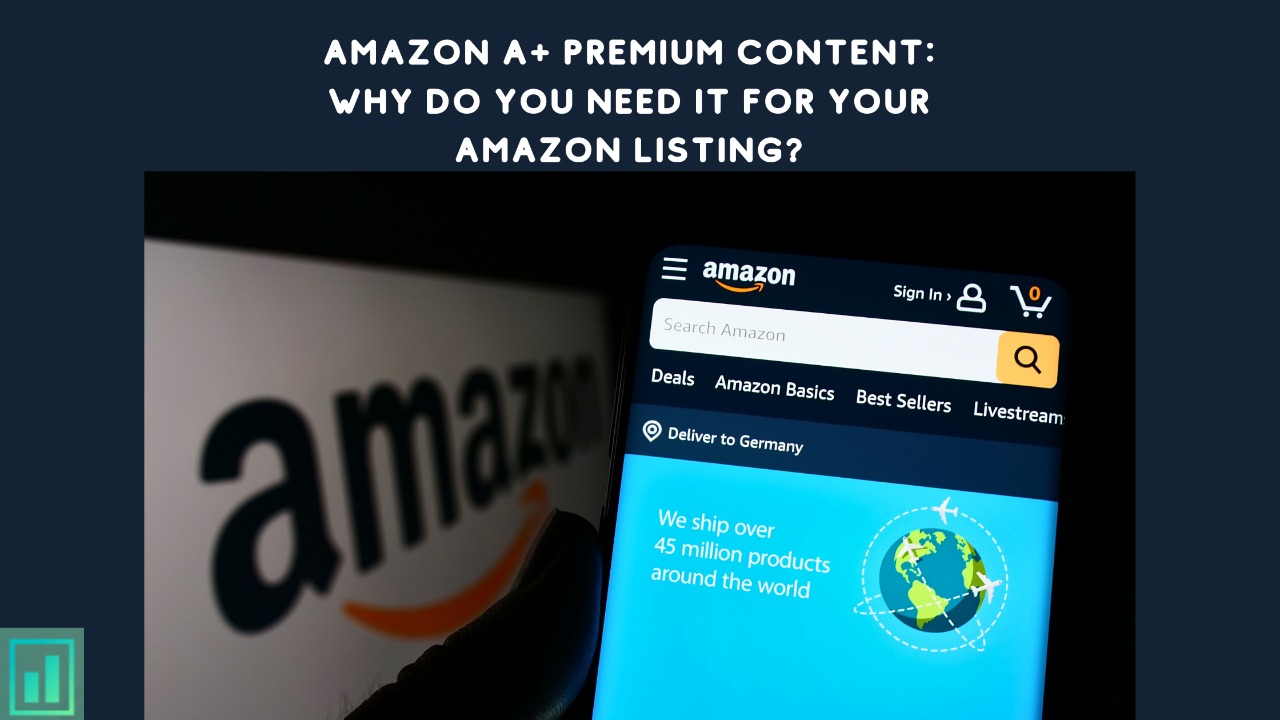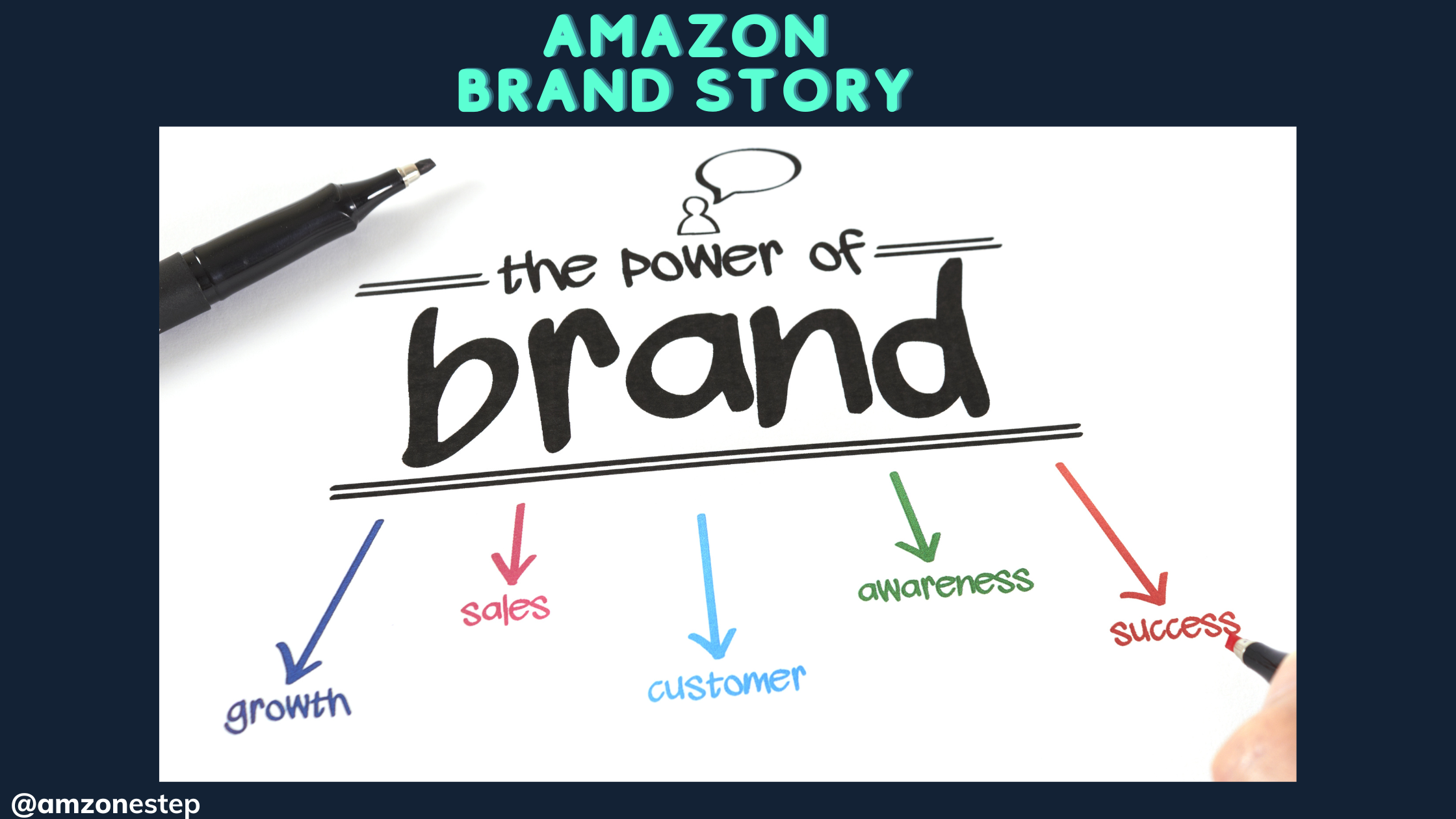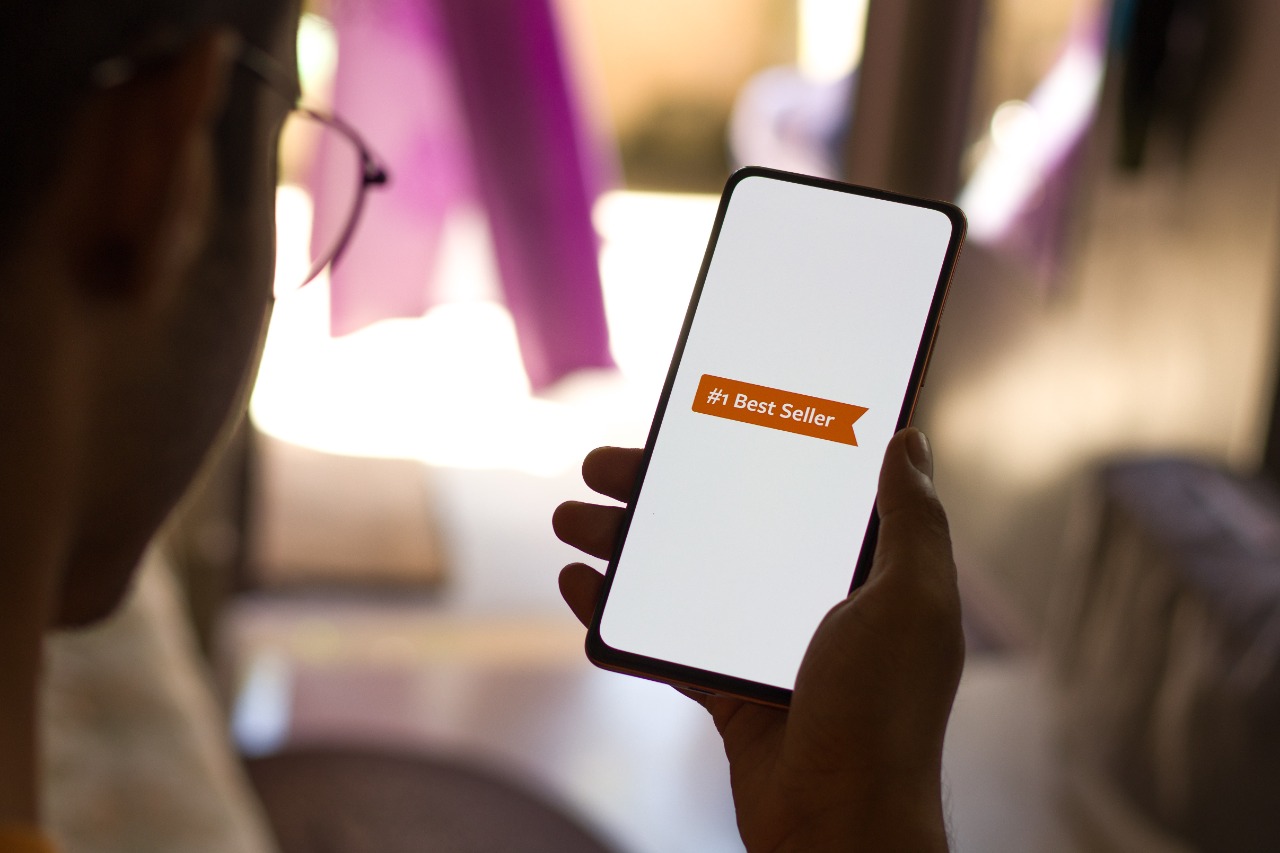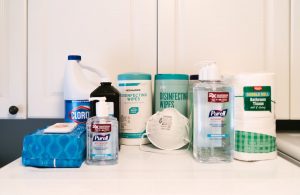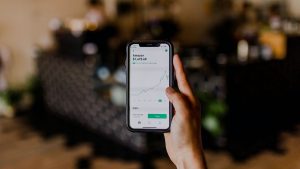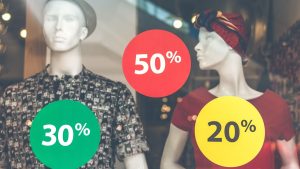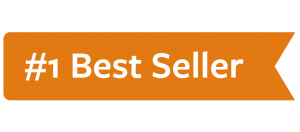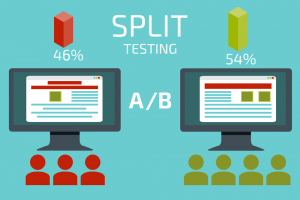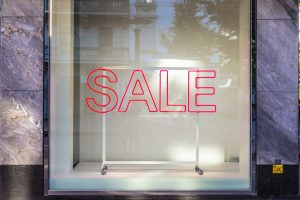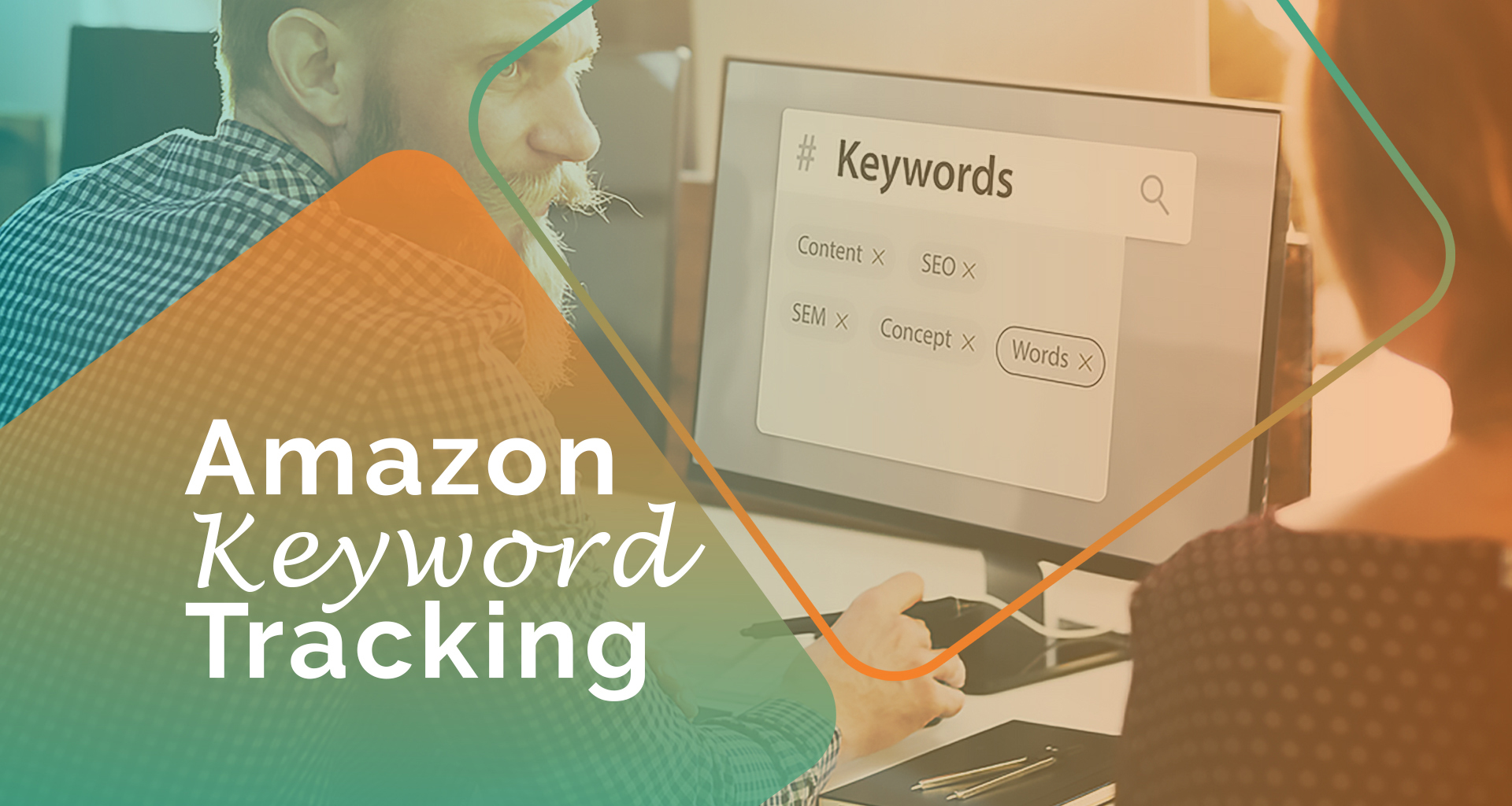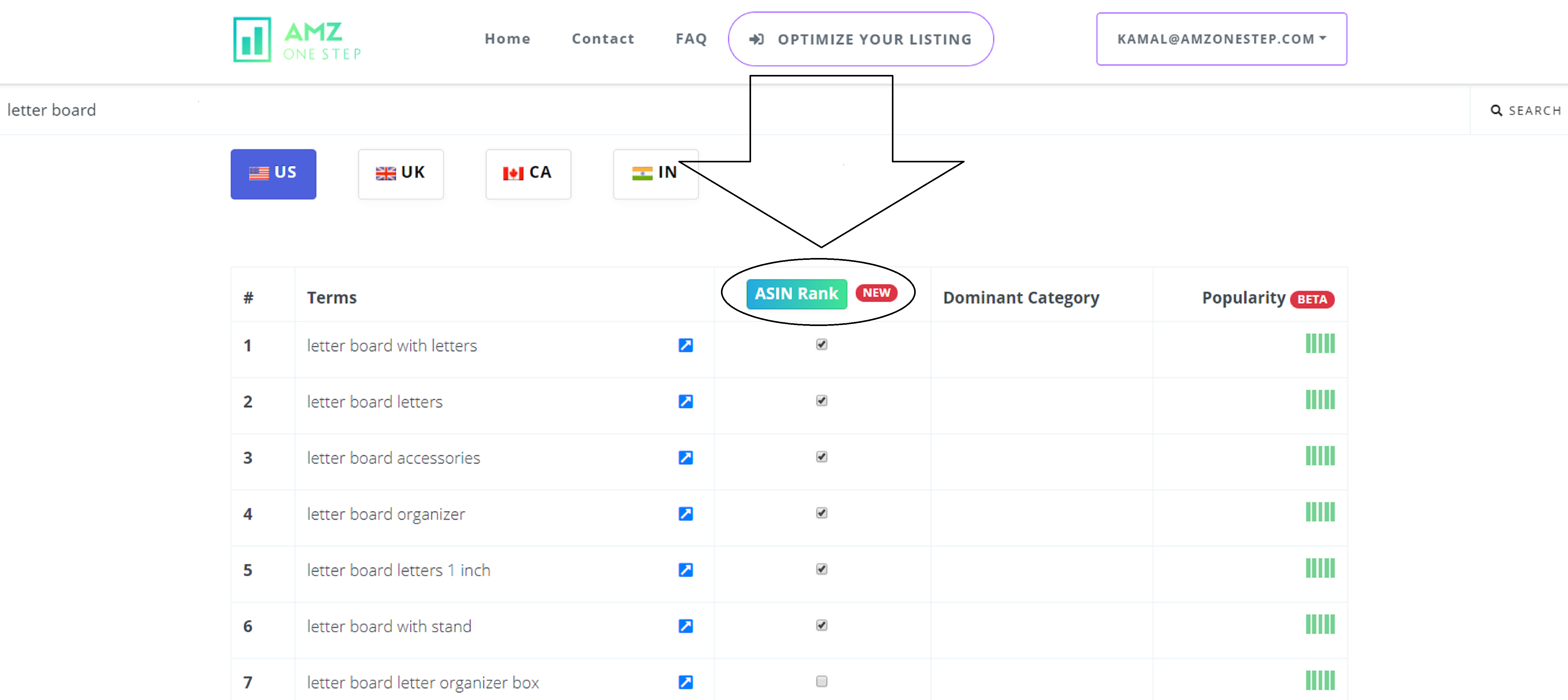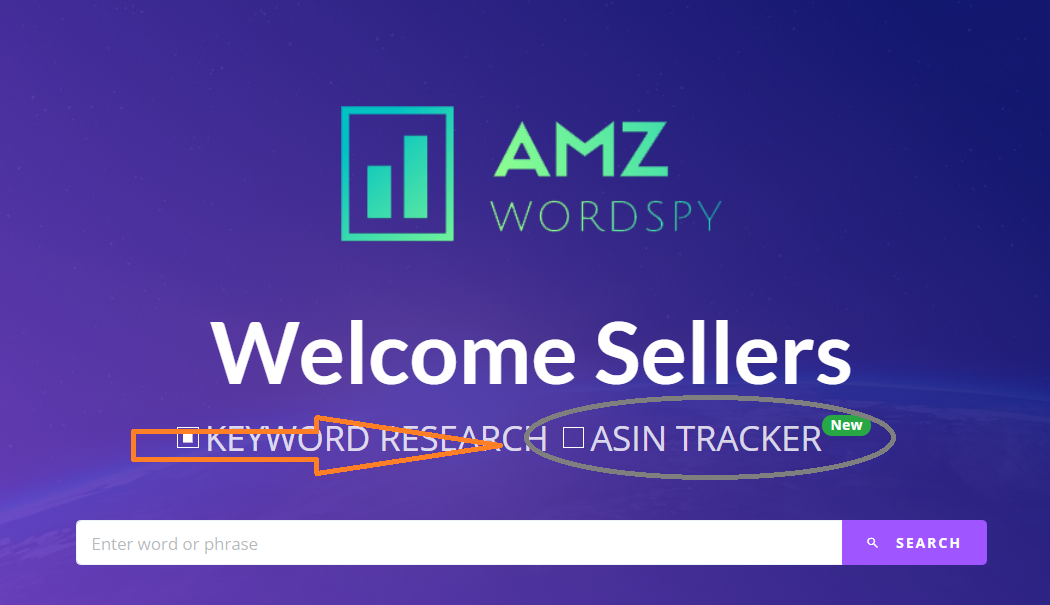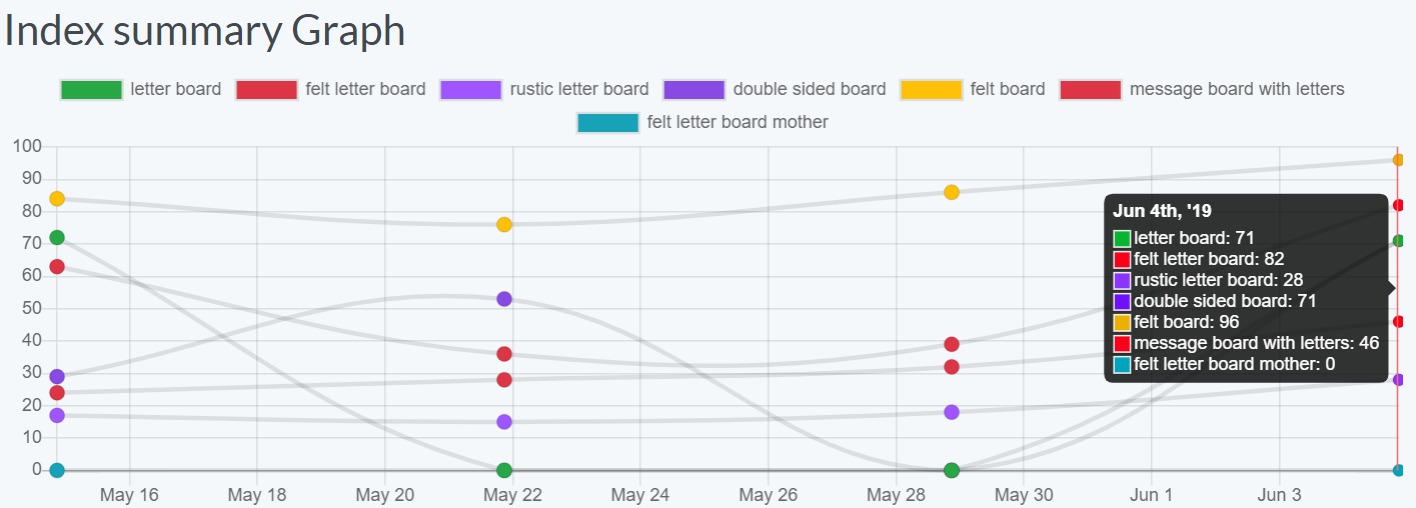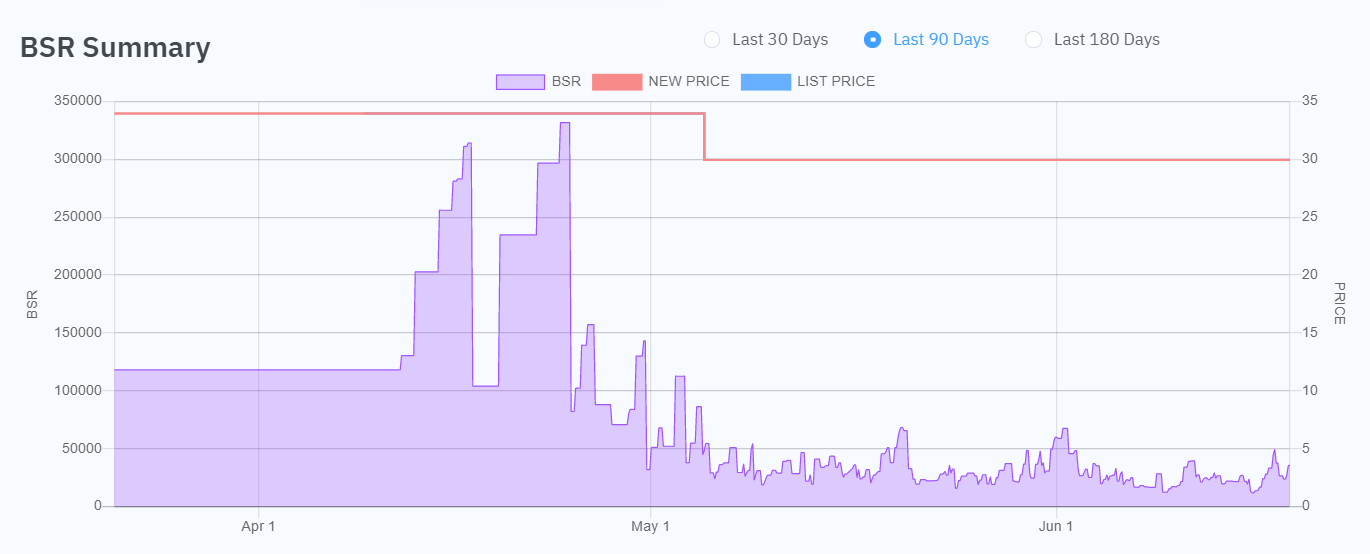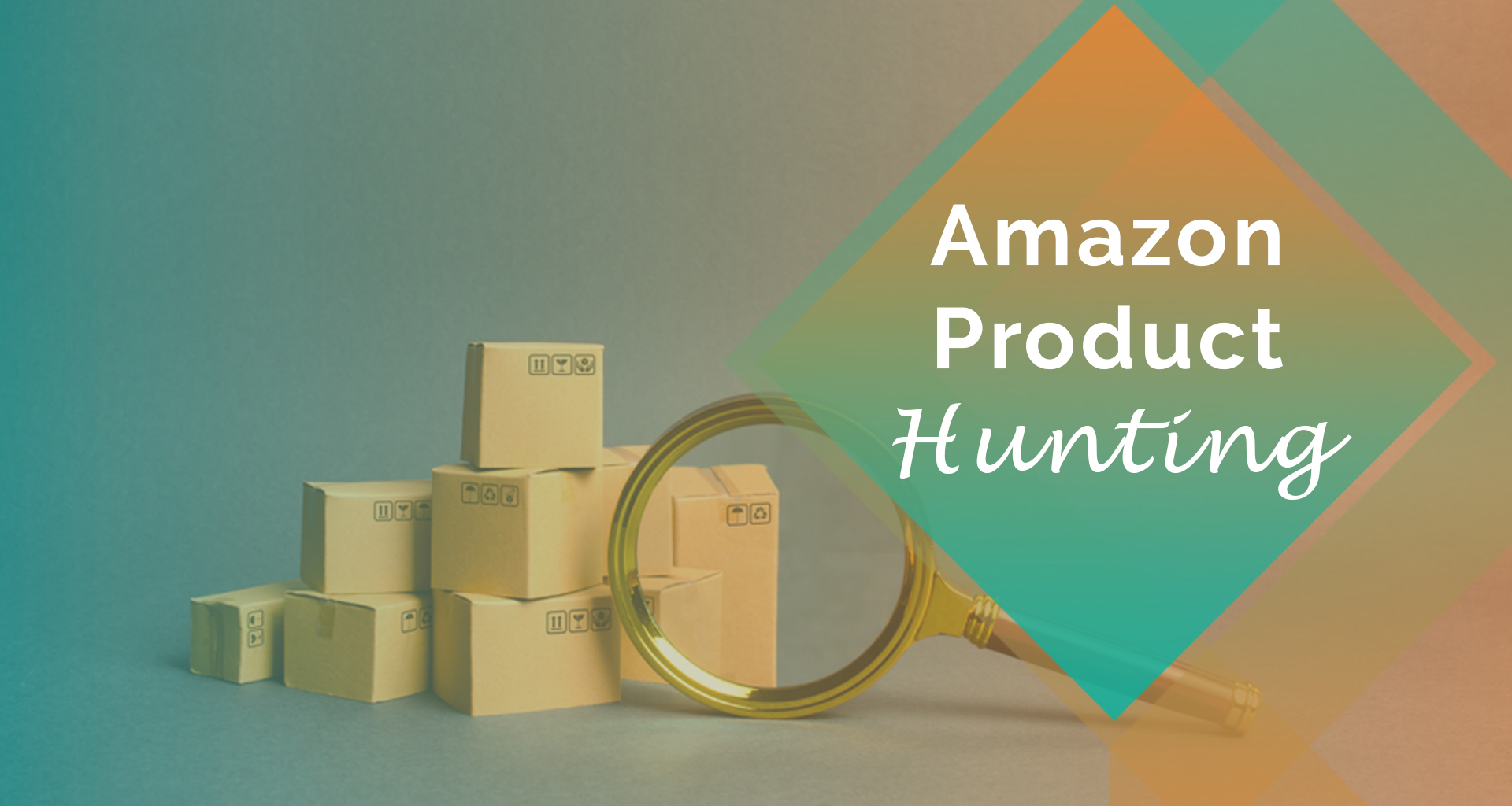Product videos are a great way to display your products in reality and educate potential customers on what they’re buying before they buy. With over 2.5 billion sellers on Amazon, it has become even more difficult to stand out from the competition with your product, but this is where an effective video can help you capture potential buyers’ attention and convert them into customers! The Amazon Product Videography will ensure that people see what they’re looking for in just seconds, so all those hours spent filming footage pay off when there are sales made by viewers like yourself who found something worth buying right away.
Read More: Amazon Product Videos (A Comprehensive Guide for Amazon FBA Beginners)
PRODUCT VIDEOS: THE ULTIMATE FRIEND OF AMAZON PRODUCTS
Video marketing is unquestionably one of the most powerful marketing strategies you can employ. It gives your customers an immersive experience with every detail, allowing them to better visualize themselves using it and increasing conversion rates! Not only will this make people more likely to purchase from YOU instead if their current supplier doesn’t have any product videos up yet (as seen by how quickly those buyers clicked away), but also because we’re so used to adult entertainment these days, no matter what kind of personality or mood someone may be in when browsing online stores, we want something visually stimulating before making decisions regarding.
AMAZON PRODUCT LISTING OPTIMIZATION:
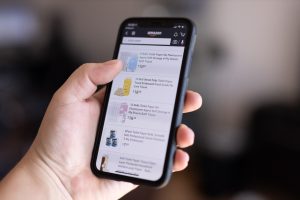
Videos help sellers build relationships with customers by explaining more about the benefits of the products they sell. By highlighting all important details such as values or USPs! And answering all those questions you might be wondering about before making any purchases, a product video can change how people view one of these products!
Amazon has made it easy for sellers with innovative tools such as Amazon Product Videos, which provide excessive information so that viewers do not need to go elsewhere when they watch them. The Amazon Product Video is a good way to optimize your product listings.
Read More: Amazon Product Listing Optimization (2022)
AMAZON PRODUCT VIDEO CONVERSIONS:
Promoting your goods on social media or an e-commerce website is an excellent technique. Customers are much more willing to make purchase decisions as they find videos more helpful than reading text on a page, which may be difficult for some individuals with vision issues. In addition, they are much more likely to buy something when they see the video than when they read a text about what you have for sale! With these statistics, conversions will increase by up to 80% with a well-made product launch video.
360-DEGREE PRODUCT VIDEOS:
360-degree product videos are the perfect way to boost your sales. These immersive and accurate visuals can show off the true beauty of each item. And with complete transparency comes confidence in customers who have every right (and expectation) that they will get an honest assessment on whether or not this purchase makes sense based on viewing only one angle from their perspective—but now there’s no excuse because all angles are displayed equally throughout these short films, so nothing goes unnoticed.
PRODUCT DESCRIPTION VIDEOS:
Product descriptions are a great way to make your products stand out. They can be seen as an extension of what you would say in person, so they’re bound to engage customers more than just text alone! These videos should highlight all the amazing features and benefits of using this particular item or service; after watching them, consumers will feel like experts because their knowledge has been extended by watchful professionals who know exactly what they say.
Read More: 5 Ways You Can Make Your Amazon Product Videos Stand Out
HOW-TO VIDEOS:

How-to videos are a great way to show off your product and make it easier for customers. By demonstrating how simple or effective the item is, you can reduce customer service calls by eliminating confusion about what they need help with and instead creating confident buyers who will rave about their purchase!
CUSTOMER TESTIMONIAL VIDEOS:

Include customer testimonials in your product video for a professional, trustworthy image. The best way to do this without breaking any Amazon rules is by using footage from recent reviews that were published within the last year and included only verified positive comments about your company’s products or services to avoid being disqualified, as fraudulent activity often occurs these days with people creating fake accounts so that they can post bad stuff online!
Read More: A Comprehensive Guide to Amazon Listing Optimization 2022
VIDEO SIZE AND QUALITY:
For a video to be successful on Amazon, it needs the right length. Data suggests that viewers click off after 60 seconds of watching and will only stay tuned if your product or service has some entertainment value in its content, which can make things difficult when trying to set up an informative seller account! If you’re looking for ways around this problem, consider shortening any future promotional clips by 45%. In addition, the Amazon provider recommends videos under 5GB in size, so don’t worry about going over capacity! Finally, the resolution should also be at least 1920 x 1080 pixels since this higher standard makes for better viewing quality when browsing products on their website or app store listings.
PRODUCT COMPARISON VIDEOS:
Is your product better than your competitors’? Show it with a comparison video. It’s as basic and straightforward an idea to shoot, edit, or create for marketing purposes: show what features they offer that you don’t have on yours, along with any improvements over theirs (if applicable). If not having all those extra bells and whistles doesn’t matter, then make sure this type fits the bill; otherwise, try another one.
Read More: Amazon A+ Premium Content: Why Do You Need It For Your Amazon listing?
Non-brand registered sellers can now upload videos to their listings!
Yes! Amazon has now officially allowed non-brand registered sellers to upload videos on their listings. In September 2020, these new guidelines were sent out via email, saying that you could indeed use this feature if your account is eligible for it—so make sure and check under the Inventory tab, just above where the products are listed at all times, because there might be some extra steps involved, but don’t worry too much about them since everything should go smoothly once we’ve figured our way through these hurdles together.
SHARING CONTENT EXTERNALLY:
Amazon is making video content easier to find on its platform by adding the ability for users and brands to search, regardless of their size or popularity. With TikTok being such a popular app among millennials, it’s no surprise that they would take advantage of this form of media while building up an audience base that can then be marketed towards more mature consumers who may have grown out of social networking sites like Instagram but still want access to quality products from smaller businesses locally based near where you live!
Product videos are a great way to capture attention, especially on YouTube, where people love watching them. Uploading your Amazon product videos so you can share them on other platforms will expand their reach and increase awareness of what’s inside!
UNBOXING VIDEOS:
The new trend in online shopping is to have a video that unpacks the product and shows viewers exactly what they will get. This kind of informative clip can give customers satisfaction when their purchase comes without having seen it before, as well as allow them an opportunity for a vicarious experience with tips on whether or not this would be worth buying!
CHOOSING VIDEO OVER TEXT:

The next generation of consumers has spoken and is choosing video over text or images. This is apparent in the rise in popularity of TikTok, which now dominates America’s Snapchat-sized WhatsApp demographic (WhatsApp had around 200 million monthly active users as opposed to Instagram Stories’ claimed 100). Amazon also saw this trend coming when it launched its “Video Ad” feature on storefronts last year; these ads can be up to 1 minute long, whereas others may only show 15 seconds at most before automatically fading out–a much.
Read More: 20 Stats to Drive Your Amazon Video Marketing Strategy
AMAZON VIDEOGRAPHY GUIDELINES:
- Keep your videos short to keep people engaged! Avoid fluffy or unnecessary information that could turn off potential customers; we recommend keeping them under one minute in total length (including titles/logos).
- To make sure all our sponsored brand ads look professional on film with clear sound during voiceovers, we must use excellent audio quality when shooting these.
- You can use a comparison or product highlight video to address your customer’s problem quickly and efficiently.
- The key to creating high-quality videos for your product is ensuring that you have professional equipment and know-how. If not, use free video editing software like iMovie or Windows Movie Maker.
- If you want to create a video for your product, ensure the lighting is good and easy to use.
- The best way to ensure your customers get the most out of watching a video is by focusing on its main features and benefits. Customers are much more likely to watch product videos if they can see what’s being demonstrated.
- To make your video more engaging and aesthetically pleasing, use on-screen text to point out important features or benefits of the product. This is especially helpful if someone watches it with the sound off.
- You should also provide royalty-free music for viewers with preferences that don’t match this tone but still want some ambiance. At the same time, those watching will be able to get their desired effect from it too.
